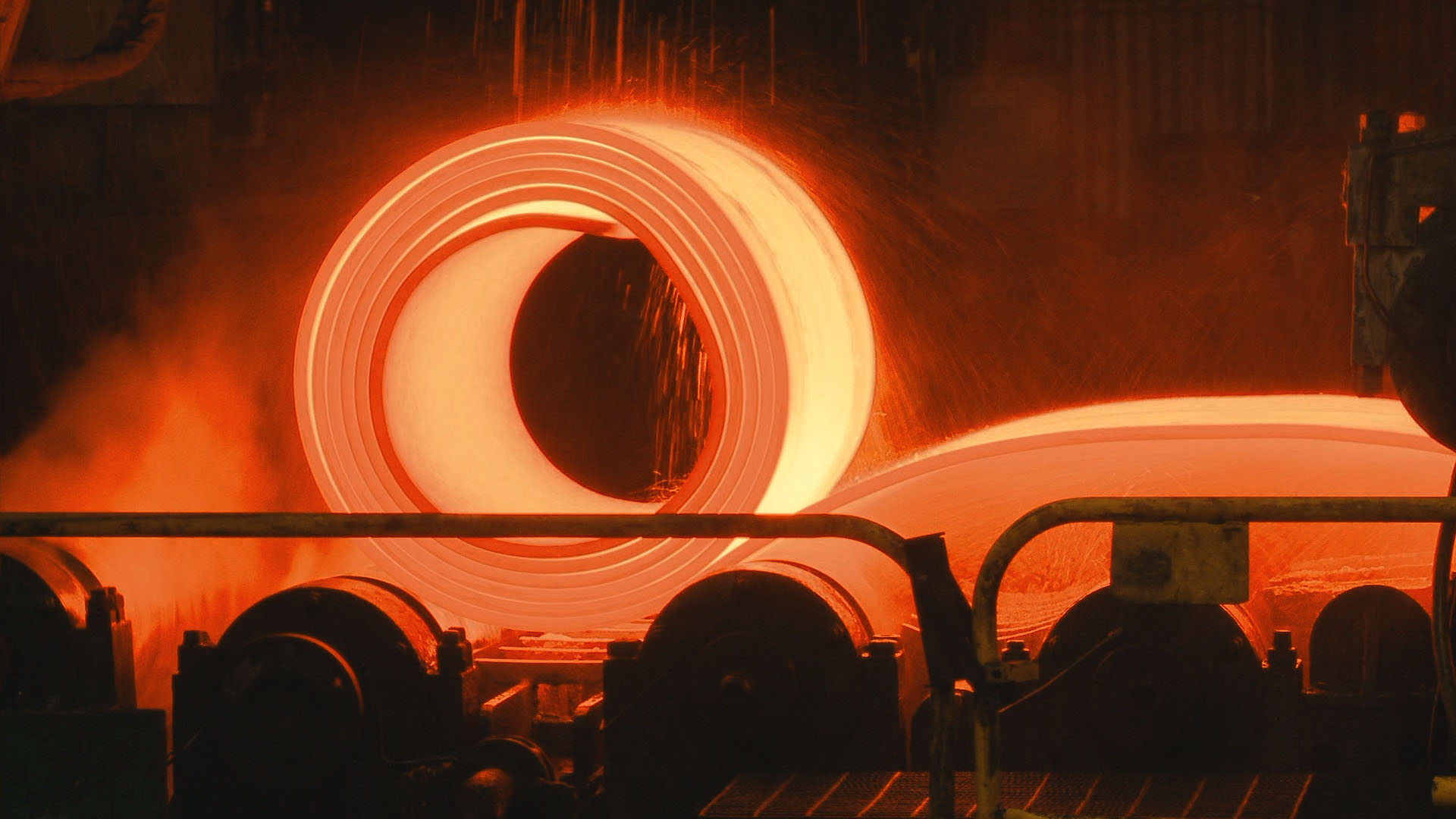The Iranian government aims to boost oil and steel exports to Vietnam, considering a rise in demand for commodities in the southeast Asian country.
However, even though Vietnam may become a promising outlet for Iranian steelmakers, the two countries’ cooperation may face a number of obstacles.
Iran’s interest in seeking a share of the fast-growing Vietnamese market is understandable, reads an article published by Metal Expert–a Ukraine-based provider of news and analysis on steel products and steelmaking raw material industries.
According to the Vietnam Steel Association’s data, the country’s GDP went up by 6.7% year-on-year in 2015, showing the maximum growth rate in the past five years, with a rise in industrial and construction sectors registered at 39%.
In 2016, Vietnam’s GDP is expected to grow by 6.7%. The country’s rapid economic development supports steel product consumption which, according to VSA, soared by 29% year-on-year to 18.5 million tons last year, predetermining a rise in both the local and import steel segments. “Vietnam can be a hub for the development of Iran’s economic activity in East Asia,” Iran’s President Hassan Rouhani said during his recent visit to Vietnam.
Accompanied by a high-ranking Iranian delegation of ministers and top officials, Rouhani began his tour of Southeast Asia on October 5 in Vietnam before landing in Malaysia and Thailand.
Iran has the potential to gain a firm foothold in the Vietnamese market, given the product range of Iranian exporters and requirements of Vietnamese buyers. As of today, the main products in the Iranian export market are flats (accounting for 45% in the overall volume), mostly hot rolled coil, as well as semis (35%).
“We are interested in sales to any country and region worldwide and constantly look for new partners. The products of Iranian exporters meet high-quality standards, with their offers being quite competitive in the global market,” an unnamed Iranian trader said.
Not being a producer of HRC as of today, Vietnam purchases all required volumes for further re-rolling from abroad, and the only Iranian exporter of flat products, Mobarakeh Steel Company, may get its own niche in the destination. At the same time, there are high chances that the cooperation could be beneficial for both countries.
On the one hand, considering that Iran’s position in the European Union markets is under threat amid an anti-dumping investigation, MSC may enter the new outlet, while Vietnam will get an alternative supplier of HR coils besides China, especially as the US is blaming Vietnamese exporters for using Chinese feedstock.
“We are now looking for an alternative to Chinese HRC because despite higher domestic consumption in the country, exports remain important for Vietnam. However, in terms of prices, our options are sort of limited,” said an unnamed representative of a Vietnamese company.
Iran and Vietnam can establish good business relations in the segment for square billet as well, considering that Vietnam imported no less than 1 million tons of billet in the first half of 2016.
The Vietnamese government recently introduced a 23.3% duty on foreign semis. Nevertheless, Iranian suppliers have a chance to enter the Vietnamese market because the products from certain countries are not liable to the restrictive measures.
In particular, the material from Iran, Kazakhstan, Belarus, Ukraine and some other countries is subject to a 5% import duty, which opens up possibilities for raising deliveries.
“Amid the restrictions, Vietnamese mills have only two options–either ramping up their own production or searching for new suppliers, both external and internal,” an unnamed market participant said.
Although both countries are interested in developing the steel trade, there is a more important factor determining the prospects of cooperation between Iran and Vietnam—the issue of payment.
“Iran is a new supplier for us and there are certain peculiarities in cooperation with the country. Currently, opening an L/C in the name of an Iranian supplier as beneficiary is a problem, so we cannot have any deal with Iran. Moreover, there is a 5% import tax for HRC and billets from Iran,” said an unidentified Vietnamese producer.
Therefore, until the banking issues are resolved, Iran’s entry into the Vietnamese market will be doubtful.


